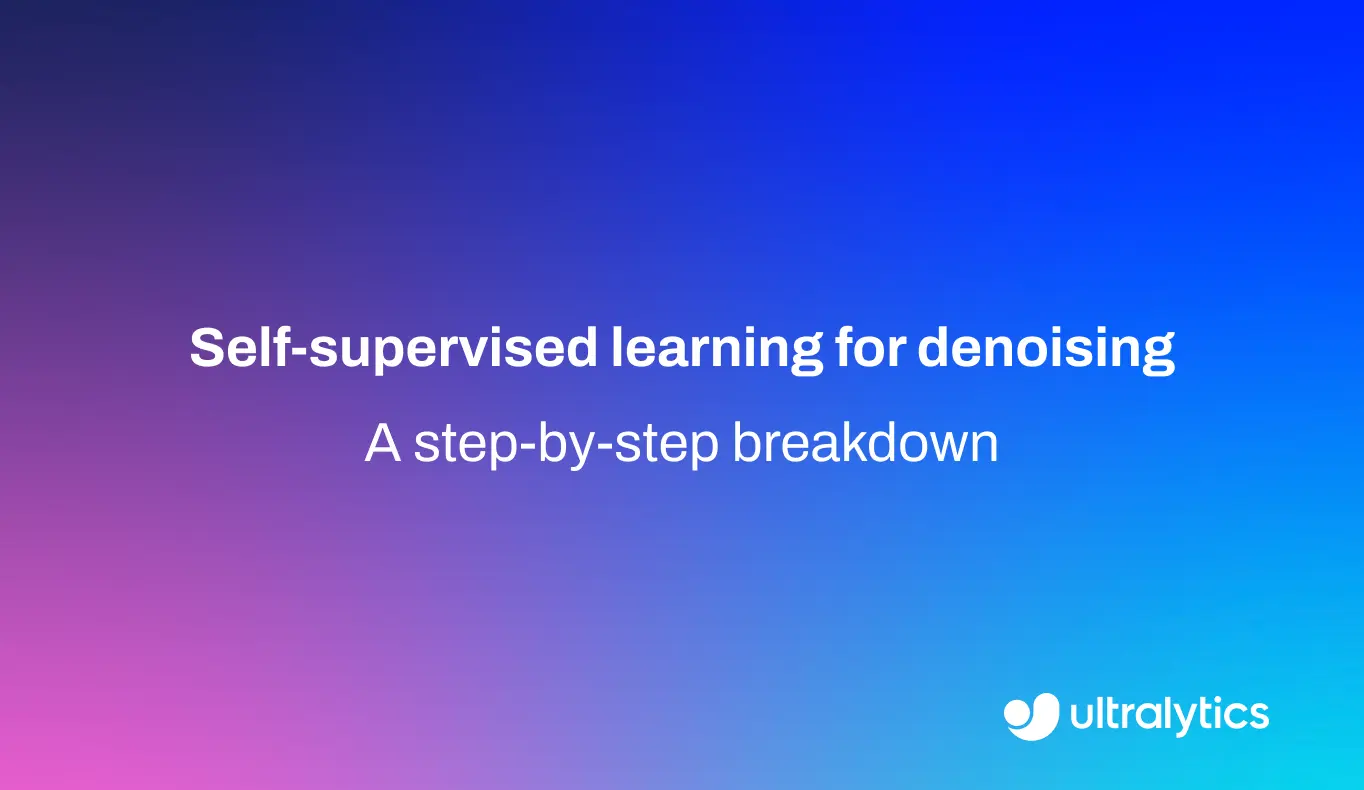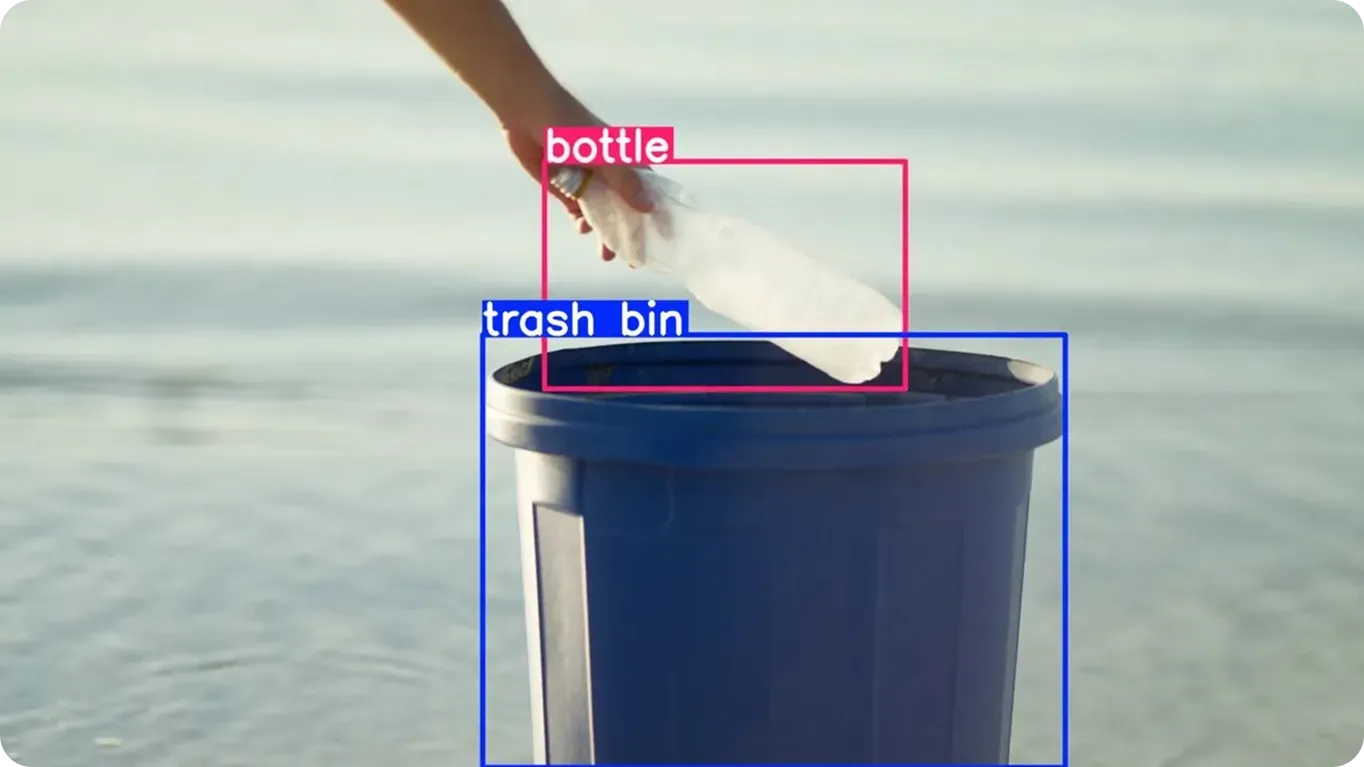Pose Estimation
Discover pose estimation: how keypoint models (top-down vs bottom-up) work, real-world uses from healthcare to sports, plus key benefits and challenges.
Pose estimation is a specialized
computer vision (CV) task that goes beyond
detecting objects to identifying their specific geometry and orientation. By pinpointing coordinates for structural
landmarks—known as keypoints—this technology creates a
skeletal representation of a subject. In humans, these keypoints typically map to major joints like shoulders, elbows,
hips, and knees. This capability allows
machine learning (ML) models to interpret body
language, activity, and posture, bridging the gap between simple pixel detection and understanding complex physical
behaviors.
Core Mechanisms and Approaches
Modern pose estimation relies heavily on
deep learning (DL) architectures, specifically
Convolutional Neural Networks (CNNs)
and increasingly, Transformers. The process generally falls into two primary methodologies:
-
Top-Down Approach: This method first employs an
object detection model to locate individual
instances (e.g., humans) within a bounding box. Once
cropped, the system estimates keypoints for that single person. This is often more accurate but computationally
expensive as the number of people increases.
-
Bottom-Up Approach: Alternatively, the model detects all potential keypoints in the entire image
first (e.g., every left elbow) and then associates them to form distinct skeletons. This is often preferred for
real-time inference in crowded scenes, as
processing time is less dependent on the number of subjects.
For high-performance applications, models like
Ultralytics YOLO11 integrate these concepts to deliver rapid
pose estimation suitable for edge devices.
Distinguishing Related Concepts
It is crucial to differentiate pose estimation from similar vision tasks:
-
Versus Object Detection: While
object detection identifies where an object is and
what it is (class label), it treats the object as a rigid box. Pose estimation reveals the internal
structure and articulation within that box.
-
Versus Instance Segmentation:
Instance segmentation provides a
pixel-perfect mask of an object's shape. While this outlines the boundary, it does not explicitly identify joints or
skeletal linkage, which is necessary for analyzing movement dynamics or
kinematics.
Real-World Applications
The utility of pose estimation extends across various industries where analyzing movement is critical.
Healthcare and Rehabilitation
In the field of AI in healthcare, pose estimation
assists in physical therapy by automatically tracking patient movements. Systems can measure the angle of joints
during rehabilitation exercises to ensure patients maintain proper form, reducing the risk of re-injury. This allows
for remote monitoring and telehealth advancements,
making quality care more accessible.
Sports Analytics and Biomechanics
Coaches and athletes use
sports analytics
to dissect performance. By extracting
biomechanical data from video
footage, AI can analyze a golfer’s swing plane or a runner’s gait efficiency without the need for intrusive marker
suits used in traditional motion capture.
Code Example: Pose Estimation with YOLO11
The following Python snippet demonstrates how to load a pre-trained YOLO11 model
and perform pose estimation on an image. This requires the ultralytics package and visualizes the
skeletal output.
from ultralytics import YOLO
# Load the official YOLO11 nano pose model
model = YOLO("yolo11n-pose.pt")
# Run inference on an image source
results = model("https://docs.ultralytics.com/usage/python/")
# Visualize the detected keypoints and skeleton
results[0].show()
Challenges and Data
Training robust pose models requires massive annotated datasets.
Standard benchmarks like the COCO Pose dataset provide
thousands of labeled human figures. However, challenges persist, such as occlusion (when body parts
are hidden) and self-occlusion (when a person blocks their own limbs). Addressing these requires
advanced data augmentation techniques and diverse
training data covering various angles and lighting
conditions.
Furthermore, deploying these models on edge AI devices
requires careful optimization, such as
model quantization, to maintain high accuracy
without sacrificing speed.







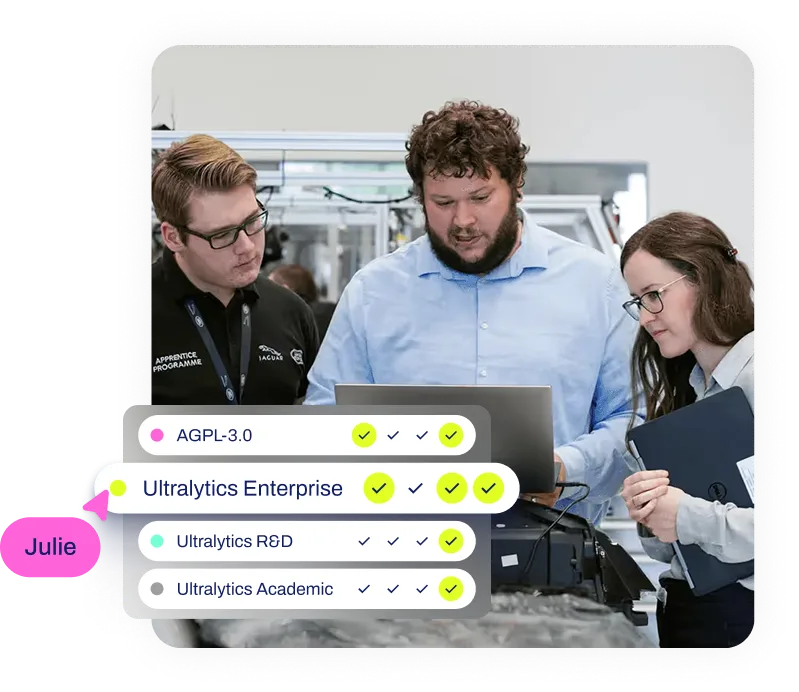
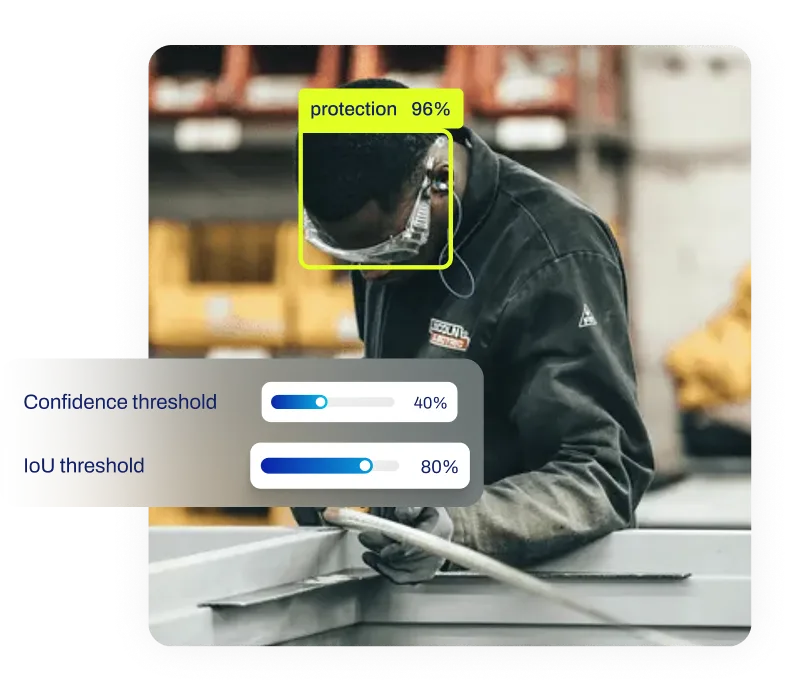
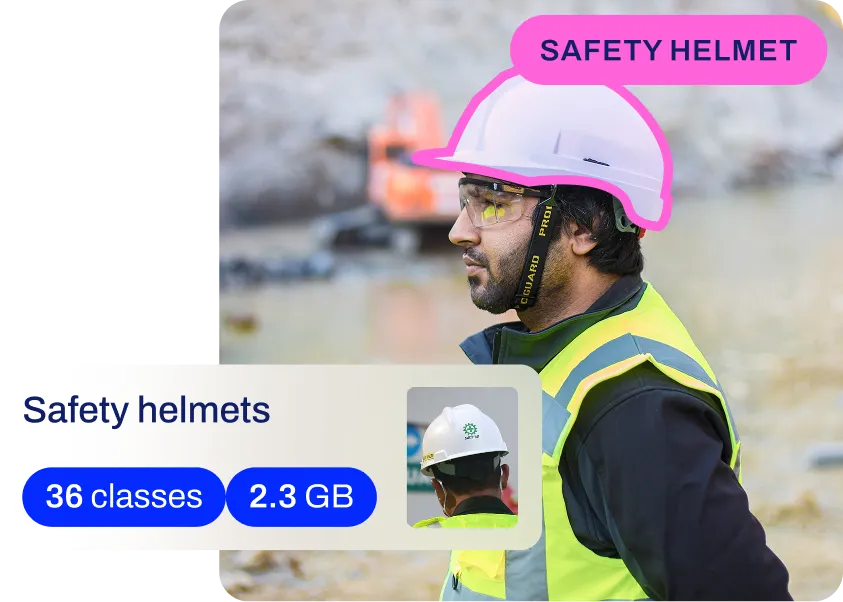
.webp)
